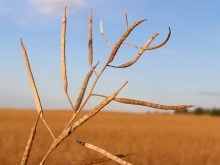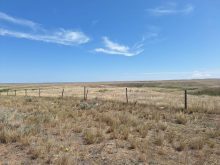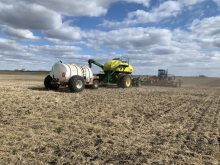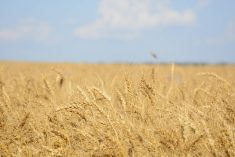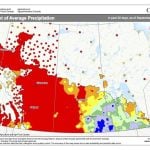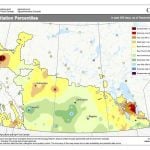Climatologists have long suggested that climate change will result in more droughts on the Prairies.
Meteorologist and McGill University fellow Eyad Atallah now has more evidence to suggest that will be true.
Atallah has been exploring the relationship between tropical storms in the Pacific Ocean and dry weather on the Canadian Prairies. By studying pressure systems called blocks, he has found a correlation that holds in both winter and summer.
Tropical storms create large scale atmospheric pressure patterns that redirect or block migratory cyclones, leaving some areas persistently wet and others abnormally warm and dry.
Read Also
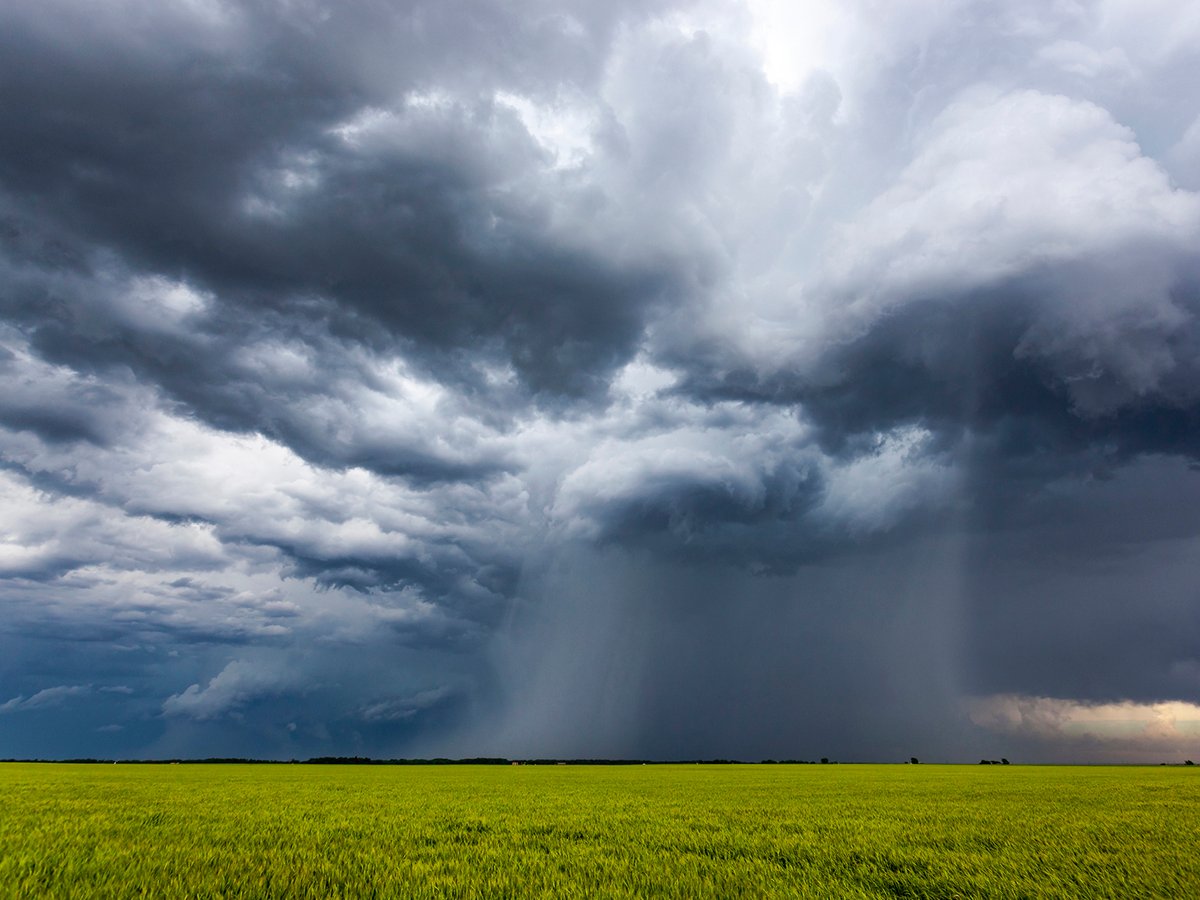
Extreme rain increases as planet warms
In this issue, we are going to wrap up our look at extreme rainfall by examining the different weather patterns that tend to be associated with these rainfall events.
“The big red flag is that this pattern of blocking that is associated with drought appears to be co-related with the fact that the globe is warming up,” said Atallah after a May 8 lecture.
“As the temperatures increase, this type of pattern is becoming more and more persistent … and that would suggest a much higher rate of vulnerability or frequency of drought on the Prairies.”
Atallah and his colleagues tested his interpretation of blocking by studying patterns from the devastating prairie drought of 2001-05. They found specific high and low pressure patterns related to extended periods of dry prairie weather.
Drought is related to a positive phase of the Pacific North American weather pattern, Atallah said. It is characterized by a low pressure system in the Gulf of Alaska and an abnormally high pressure system in Western Canada.
This isn’t always the situation when persistent dry weather occurs on the Prairies, he added, “but it’s more likely than not.”
The weather pattern is in part created by the pineapple express, the transport of tropical moisture that generally starts near the Hawaiian Islands and is carried by the jet stream or storm activity.
When that moist warm air reaches British Columbia and the Rockies, it results in rain. Heat associated with condensation warms the atmosphere, raising the air pressure on the eastern side of the mountains. High pressure is generally associated with warm, dry conditions.
Atallah said temperatures average six degrees above normal in the week after a pineapple express reaches B.C.
The relationship of pressure systems that block regular weather movement has been studied for years, Atallah said, but this is a new application of the data.
He termed the 2001-05 drought as “a run of extremely bad luck” that indicates there is only partial predictability to droughts.
He said the troubling part of his research is the correlation of the Pacific North American pattern with rising global temperatures that suggests greater probability of prairie drought.
“A lot of our indications are that in terms of the dry part of the blocking, it seems to be that the Prairies are under the gun here.”
However, he is reluctant to draw conclusions because reliable weather data is only available for the last 100 years and climate change occurs over hundreds of years.




